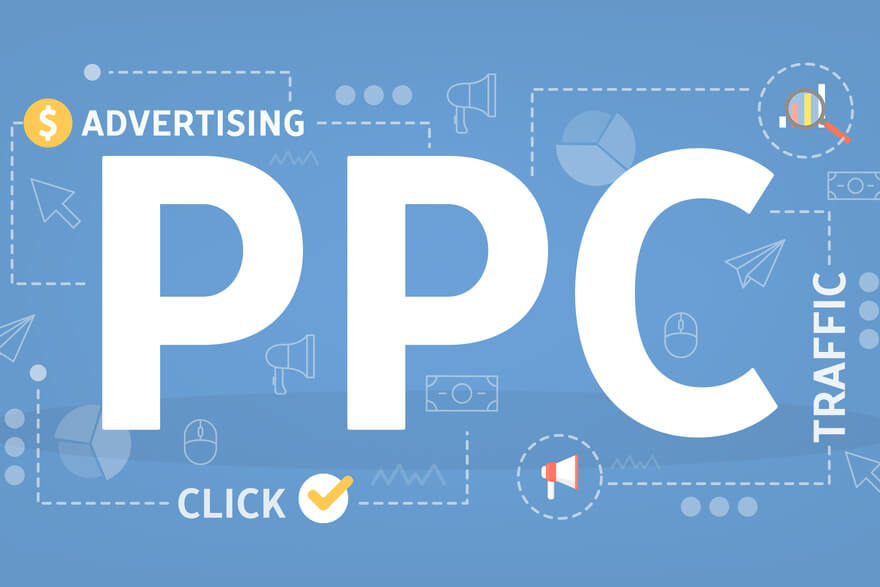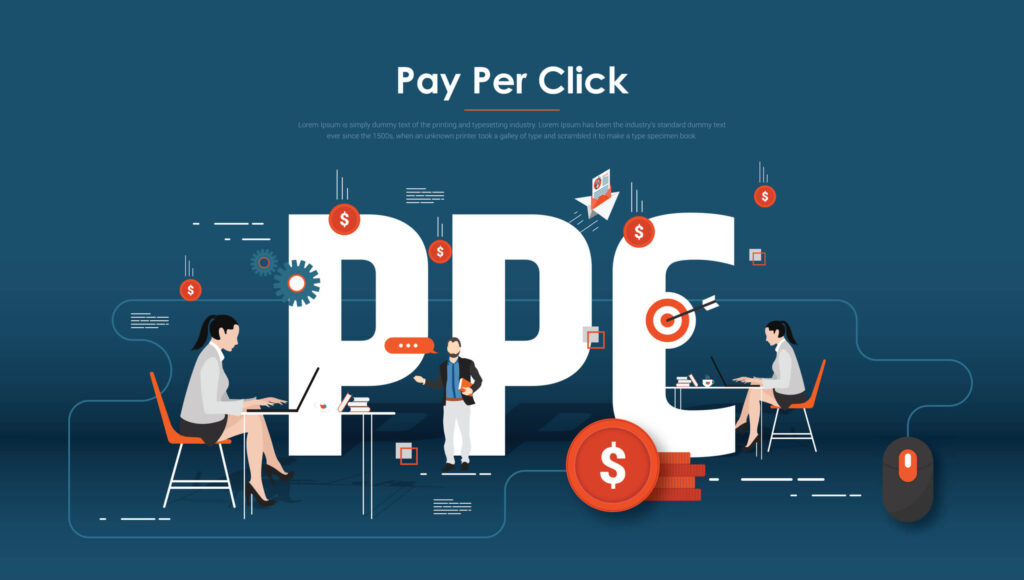Online advertising takes many forms. From social media to video ads and banners, there are lots of ways to utilize the internet as an advertising tool. One of the most popular forms of online advertising is pay-per-click (PPC). It can be an exceptionally effective way to advertise under the right circumstances.
Like any digital marketing tool, PPC advertising has its pros and cons. There are plenty of good aspects to it and a few bad as well. Any advertiser thinking about investing in PPC needs to clearly look at both sides of the coin. They need to weigh the good against the bad to see if it’s worth getting in to.
How PPC Advertising Works
Before anything else, advertisers need to know how PPC works. The concept is pretty simple. Advertisers purchase ads that are displayed on websites and mobile apps. Every time a visitor clicks an ad, the advertiser is charged. The amount of the charge depends on the structure of the ad platform.
Many publishing platforms require advertisers to bid for their ads. Google Ads is perhaps the most popular platform that uses this model. Ads displayed on Google search engine results pages (SERPs) are based on the same keywords that visitors use to run their searches. So, advertisers bid on keywords. The price they bid determines how frequently their ads are displayed for those particular keywords.
There are other PPC publishers that charge a flat fee for purchasing adds along with additional fees for every impression or click. Impression-based charges are more for social media sites where click-based charges are designed for sites focusing on click-throughs.
PPC Advertising: The Good

With a basic understanding of how PPC works, we can now start looking at the good and bad of this particular marketing model. We will start with the good. We will also start with the idea of Google Ads and their reach. Remember that Google is by far the world’s dominant search engine. Billions of searches are conducted through Google every single day.
With billions of daily searches, Google is arguably the one ad platform capable of reaching the entire world. That is obviously good. If you want maximum coverage and reach, purchasing your PPC ad through Google is an obvious choice.
Here are some of the other good aspects of PPC:
1. It is Budget Friendly
The PPC model dictates that advertisers only pay when visitors actually click their ads. That makes this form of advertising budget friendly, at least to a degree. If we take ad fraud (we’ll get to that shortly) out of the equation, advertising through a PPC platform means you’re only paying for ads that actually accomplish something. Every charge represents a potential customer who has seen and clicked on your ad.
2. Funds Can Be Targeted
Another nice budget aspect is the fact that funds can be targeted with PPC ads. Advertisers can determine how much they are willing to bid for keywords. They can direct a certain amount of the advertising budget to individual campaigns, different demographics, the most and least expensive keywords, etc. Simply put, advertisers have more control over how each dollar is spent in a PPC ad campaign.
3. Better Customer Targeting
PPC advertising allows for better customer targeting in a variety of ways. In a search engine setting, visitors can be targeted based on the keywords they use when searching. In a social media setting, ads can be set to display only for particular types of users based on anything from age to geographic location.
4. UTM Parameter Analytics
Rounding out the good aspects of PPC advertising are something known as Urchin Tracking Module (UTM) parameters. Combining UTM parameters with PPC ad links gives advertisers a ton of information ranging from traffic origin to how long visitors are spending on their sites. The information can prove invaluable to future marketing efforts.
PPC Advertising: The Bad

Moving on to PPC’s bad aspects, we need to start with click fraud. Also known as ‘ad fraud’ and ‘Google ad fraud’, click fraud is the practice of clicking on PPC advertisements with malicious intent. According to Fraud Blocker, the motives behind click fraud are numerous.
Scammers running fake publishing sites use click fraud to run up excessive chargers on their advertisers. Others perpetrate click fraud for profit by scamming affiliate marketing programs. Click fraud can also be perpetrated by:
- competitors looking to bleed a company’s marketing budget
- unhappy customers purposely trying to be vindictive
- social media marketers running up excessive likes and follows
- video publishers artificially inflating views.
The thing about click fraud is that it is not just a single practice. It’s also not the only bad aspect of PPC advertising. Here are some other things to consider:
1. It Can Be Wasteful
It goes without saying that a company being victimized by click fraud is wasting money. But click fraud aside, PPC can still be wasteful if advertisers don’t exercise the proper discipline. Everything from choosing the wrong keywords to advertising on the wrong platforms wastes money.
2. Questionable Return on Investment

When a PPC campaign wastes money, there is the inevitable question of return on investment (ROI). This particular aspect is such that some companies absolutely refuse to utilize PPC under any circumstances. They just don’t believe the ROI is there.
3. SEO Knowledge Required
Unlike legacy marketing, PPC advertising cannot be handled in a vacuum. Whoever is in charge of a company’s ad campaigns must have extensive SEO knowledge to maximize company efforts. Without such knowledge, PPC ad campaigns often amount to little more than a shot in the dark. That could ultimately lead back to wasting money.
No doubt PPC advertising has changed the way companies advertise their goods and services. It can be an effective advertising tool under the right circumstances. But PPC advertising can also be a money pit. Advertisers need to weigh the good and bad to determine whether PPC is the right approach. Sometimes it is. Other times it’s not.



